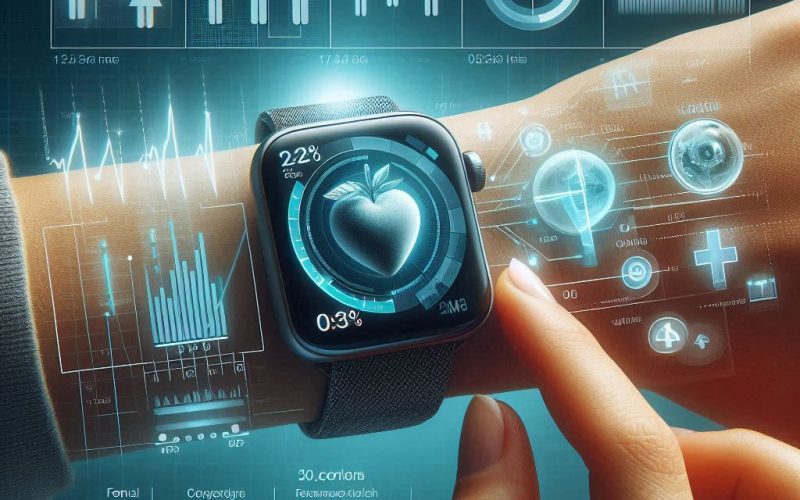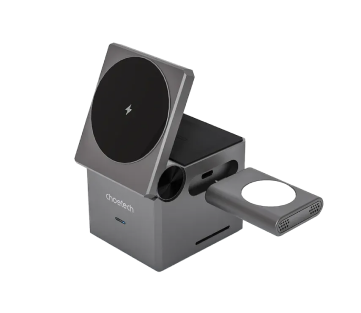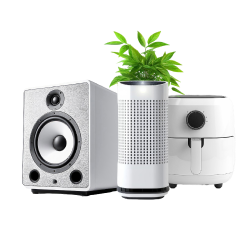Healthcare technology has transformed the way we look at health monitoring and diagnosis. Previously, traditional devices like blood pressure cuffs were time-consuming and cumbersome. Now, in 2024, healthcare wearables such as blood pressure wearables and heart rate monitors provide near-precise readings swiftly.
In recent years, the number of individuals turning to innovative wearable healthcare devices to monitor their well-being has risen enormously. To understand this rapid growth in popularity, this article explores the current state of the healthcare wearables market, its trends, innovations, future outlook, and market projections. Without further ado, let's delve into the world of healthcare wearables.
Table of Contents
Definition and Importance of Healthcare Wearables
Healthcare wearables are innovative devices you can wear around your wrist or chest to monitor health metrics and activities. Some examples of these devices are smartwatches, fitness trackers, and medical-grade sensors that track heart rate, sleep patterns, and physical activity. More high-end models may include additional and advanced features such as ECG monitoring, blood oxygen level tracking, stress measurement, and fall detection.
Besides being fancy accessories, these health trackers constantly gather information about our bodies, which can be crucial in identifying health problems early and taking the necessary steps for our overall well-being. For doctors, these devices mean keeping tabs on patients remotely, allowing for more customized and prompt care.
Wearables promote preventative healthcare by motivating users with data and encouraging healthy habits. Advancements are making them even more sophisticated for comprehensive health monitoring, and more people will turn to these devices for monitoring health metrics. Now, let’s swiftly cover the current healthcare wearables market.
Current Market Landscape
A 2023 mHealth Intelligence article reported that 40% of U.S. adults use healthcare-related applications, and 35% use wearable healthcare devices. An increasing focus on health and wellness has driven the development of innovative smart devices by market participants. These advancements include wearables such as Fitbits, biosensors, and improved hearing aids.
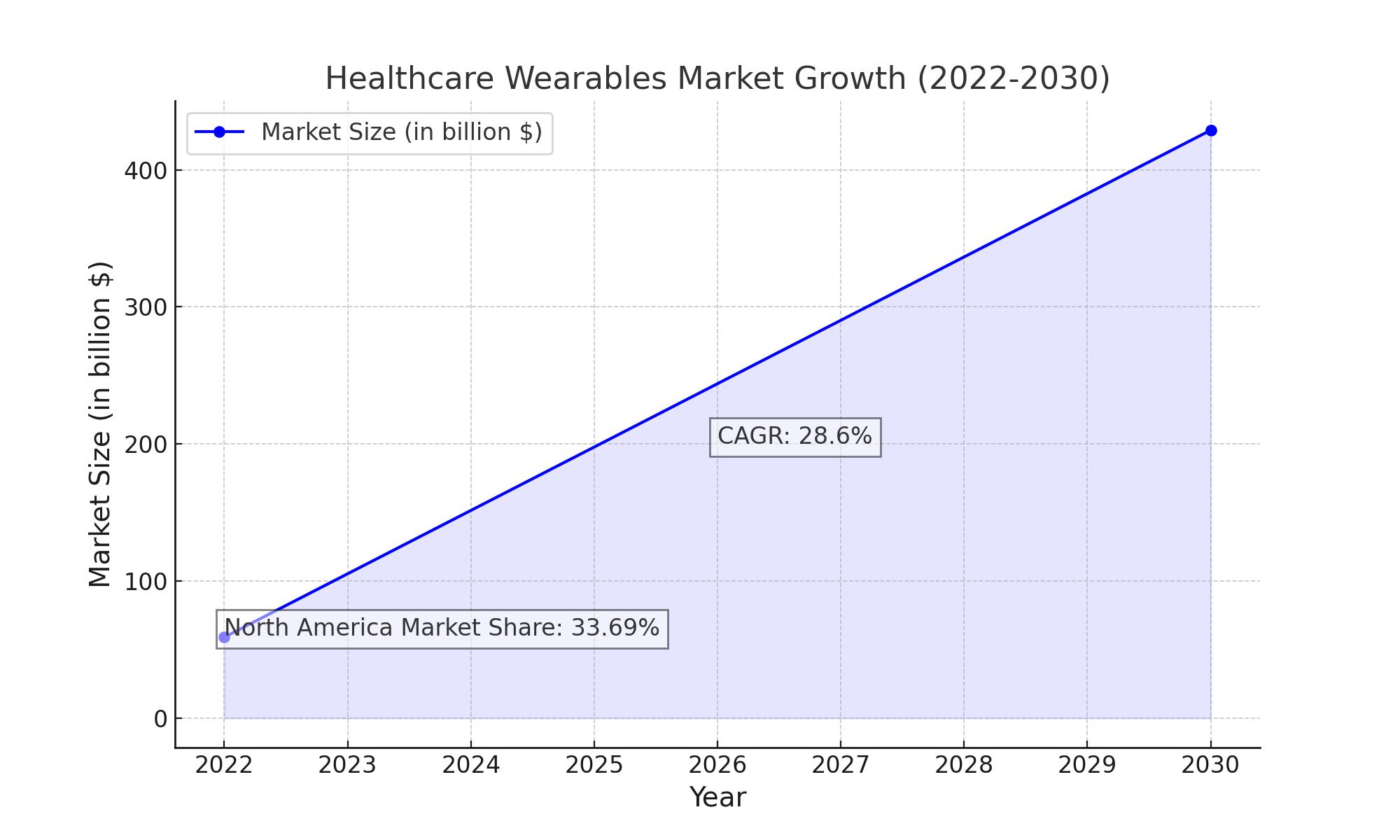
Market Size and Growth
The healthcare wearables market size, valued at $59.12 billion in 2022, is projected to grow to $428.92 billion by 2030, at a CAGR of 28.6% with North America leading the market with 33.69%.
The rising prevalence of chronic diseases and lifestyle-related disorders is also expected to further drive the market. For example, the International Diabetes Federation (IDF) reported that 537 million adults had diabetes in 2021, with numbers projected to rise to 643 million by 2030 and 783 million by 2045.
The COVID-19 pandemic has also impacted the healthcare wearables market, as manufacturers saw significant revenue growth due to increased demand for wearable healthcare devices. Garmin Ltd.Garmin Ltd., for instance, reported an 11.4% revenue growth in 2020, with a 25.8% increase in its fitness segment. Research also highlighted the use of wearable technology to predict COVID-19 symptoms. The Rockefeller Neuroscience Institute found that the Oura ring measured vital signs with a companion app and predicted symptoms in advance.
Post-pandemic, there has been significant investment in healthcare and fitness wearable apps for monitoring sleep cycles, breathing, calorie intake, and heart rate. Rlogical Techsoft Pvt. Ltd. reported that nearly 85 million medical wearable sensor devices were shipped in 2021, with an expected increase to 160 million by 2024. Major market players like Apple Inc. continued to grow strongly, with its wearables segment generating USD 38,367 million in 2021(25.3% year-on-year growth).
Key Players and Market Share
Apple
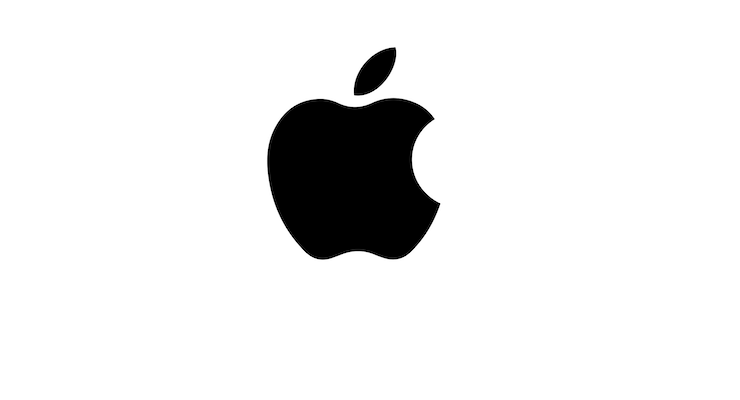
Apple leads the market with its Apple Watch with 30% of the market share. With its advanced health monitoring features such as ECG, fall detection, and continuous heart rate monitoring, the Apple Watch is favored by many users. Its seamless integration with Apple's ecosystem and robust app development platform further solidify its market position. However, competitors like Samsung and Garmin are making significant strides in offering feature-rich smartwatches at competitive prices, which could challenge Apple's dominance in the future.
Google Fitbit
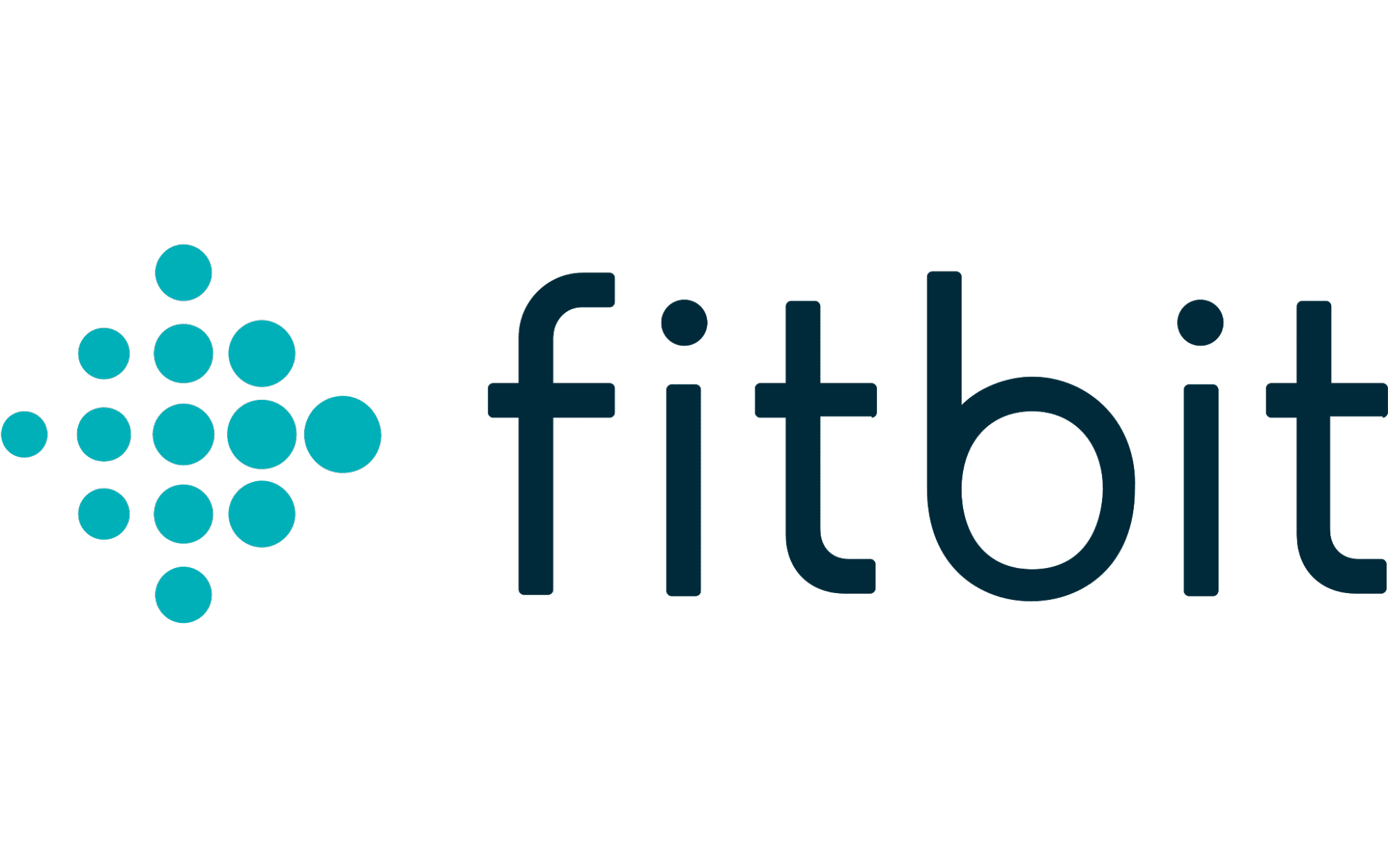
Established in 2007 in San Francisco, CA, Fitbit quickly became synonymous with fitness trackers and smartwatches such as the Fitbit Sense 2. Its products are renowned for features like activity tracking, sleep monitoring, and heart rate monitoring. Acquired by Google, Fitbit now integrates its robust wearable technology with Google's ecosystem, enhancing health insights and user engagement through seamless connectivity and advanced analytics.
Garmin

Garmin, the GPS giant, has been quietly grabbing a bigger chunk of the healthcare wearables market. Their smartwatches and trackers, known for their accuracy and user-friendly design, are attracting more and more health-conscious consumers. Packed with features like heart rate tracking and sleep monitoring, Garmin wearables are appealing to both athletes and everyday people looking to manage their health. By offering a strong fitness app (Garmin Connect) that helps users track and analyze their data, Garmin is keeping people engaged and winning over a larger share of the healthcare wearables market.
Sonova
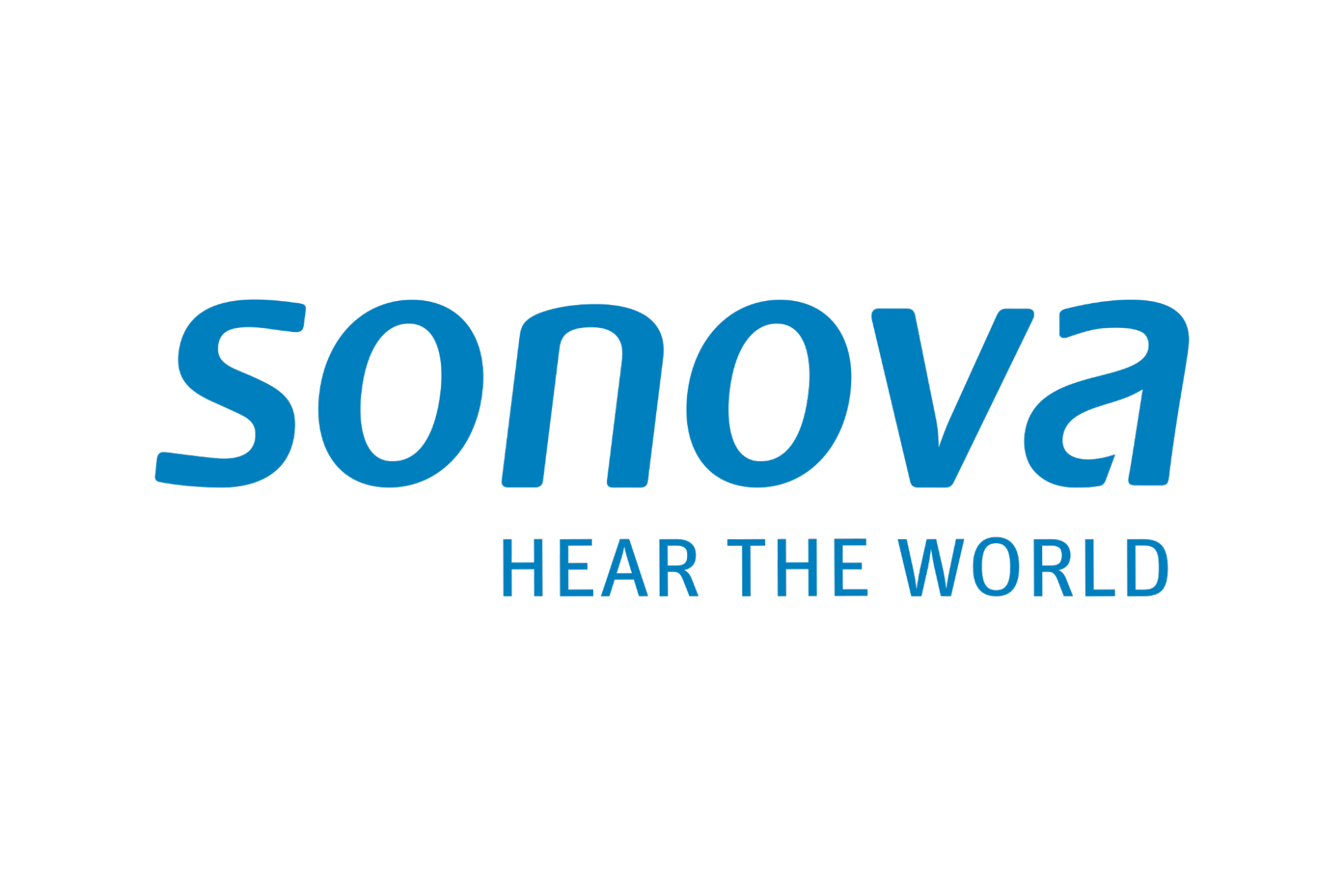
Sonova is another leading player in the healthcare wearables market. The company specializes in producing advanced hearing aid technologies. With a significant market share in hearing solutions, Sonova integrates cutting-edge wearables with connectivity features like Bluetooth and smartphone compatibility.
Samsung

By offering advanced smartwatches and fitness trackers, Samsung has become a key player in the healthcare wearables market. These devices monitor heart rate, track sleep, and help manage stress. Samsung collaborates with healthcare providers to develop new technologies that improve health. With easy-to-use designs and strong performance, Samsung aims to capture a large share of the healthcare wearables market, meeting the growing demand for personalized health solutions worldwide.
Ypsomed

Ypsomed, renowned in the healthcare wearables market, specializes in innovative wearable technology devices such as insulin pumps and injection systems. As a prominent player in the healthcare wearables market, Ypsomed continues to drive advancements in self-administration devices, enhancing quality of life and independence for individuals requiring regular medical treatments.
OMRON Healthcare Inc
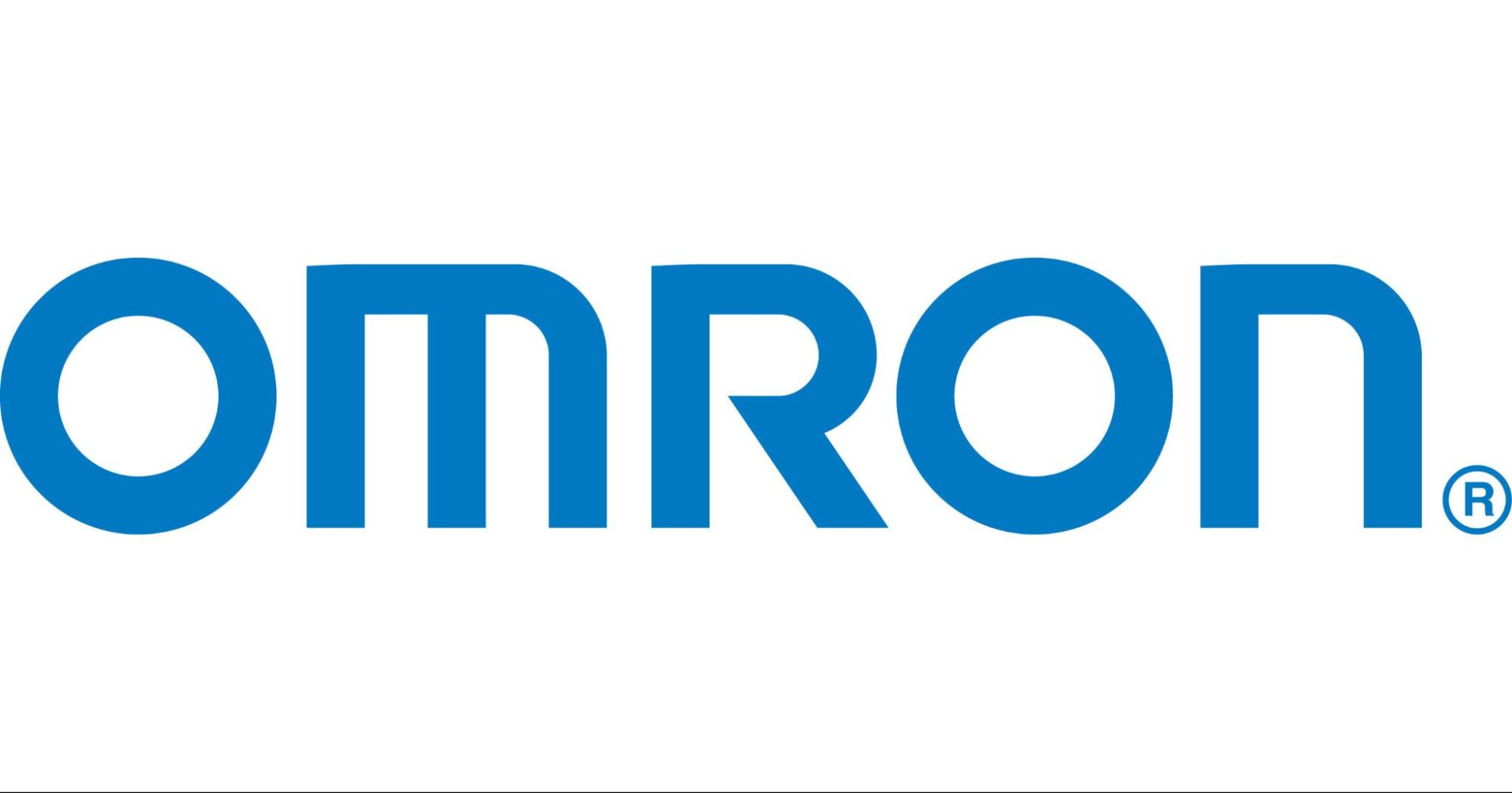
OMRON Healthcare Inc. is a prominent player in the healthcare wearables market known for its range of blood pressure monitors. OMRON integrates advanced technology into its wearables, offering accurate readings and seamless connectivity to digital health platforms. Their products cater to both consumer and clinical settings, supporting proactive health management and remote patient monitoring.
Trends and Innovations in Healthcare Wearables
The healthcare wearables market has experienced significant growth in the last year. Here are the notable trends and innovation in healthcare wearables.
- Artificial Intelligence: Advancements in artificial intelligence (AI) have propelled this growth. AI-powered wearables, such as fitness trackers, heart rate monitors, and smartwatches, can now detect heart conditions even more swiftly, and provide personalized treatment recommendations. This innovation has also eased the burden on medical professionals since they can remotely monitor patients' health data collected by wearables, allowing for earlier intervention and potentially preventing emergencies.
- Sleep management: Sleep management wearable devices have made significant strides, incorporating machine learning to analyze sleep patterns and provide personalized insights to improve sleep hygiene.
- Hearables: Another notable trend is hearables, which are non-invasive devices serving as both hearing aids and wireless earbuds.
- Smart eyewear: Smart glasses have transformed healthcare wearables by additing health monitoring features and diagnostic capabilities. Companies like SHG Technologies and Hippo Technologies created smart glasses with augmented reality (AR) and virtual reality (VR) features to facilitate remote patient monitoring, hands-free documentation, and training for doctors.
- Fitness trackers: These devices have always been at the forefront of healthcare wearables. Innovations from startups like Haptic Diagnostics and Posture Leader introduced continuous glucose monitoring and posture correction wearables, improving chronic disease and musculoskeletal health management.
- Heart rate trackers: HRMs with integrated biosensors and AI, provide accurate real-time health data, facilitate early detection, and provide you with personalized treatment plans – hence fewer hospital visits. The new advancements in medical wearables have made healthcare more accessible and efficient, and these trends are bound to improve in the coming decade.
Future Outlook and Market Projections
The healthcare wearables market is experiencing significant growth, propelled by the increased focus on health and wellness following the COVID-19 pandemic. Recent research and statistics indicate that the market is expected to continue gaining popularity in the coming years due to the growing emphasis on monitoring health and well-being. Many health-conscious consumers frequently upgrade their wearables to access advanced features. As the market expands, so do the features and capabilities of wearable health trackers. Here's a closer look at the projected future of this thriving market:
- Market size surge: As stated earlier in the article, the healthcare wearables market is expected to reach a staggering $42.3 billion by 2028, compared to $21.7 billion in 2022. This substantial growth reflects the increasing value that users are finding in healthcare wearables, as they meet a critical need for better health monitoring and management.
- Strong growth rate: The market is expected to grow around 11.8% each year. This is much faster than the growth of the overall smart wearables market.
- Driving factors: This impressive growth is driven by several key factors, including the increasing demand for remote patient monitoring, the growing focus on preventative healthcare, and a rising health-conscious population.
Closure
In recent years, the healthcare wearables market has grown rapidly. It is projected to reach $428.92 billion by 2030 due to more health-conscious individuals adopting these technologies. Wearable devices are revolutionizing proactive health management by early detection of health issues which encourages users to actively take charge of their well-being.
Demand for smartwatches and health monitors has driven the expansion of the wearable healthcare devices market. We can't underestimate the role AI has played in recent breakthroughs, and the advancements in the tech industry are directly linked to the development of innovative healthcare technologies.
Thanks to these innovations, healthcare devices can now track vital signs like heart rate and blood pressure more accurately, and these trends are bound to undergo further advancements in the coming years.

